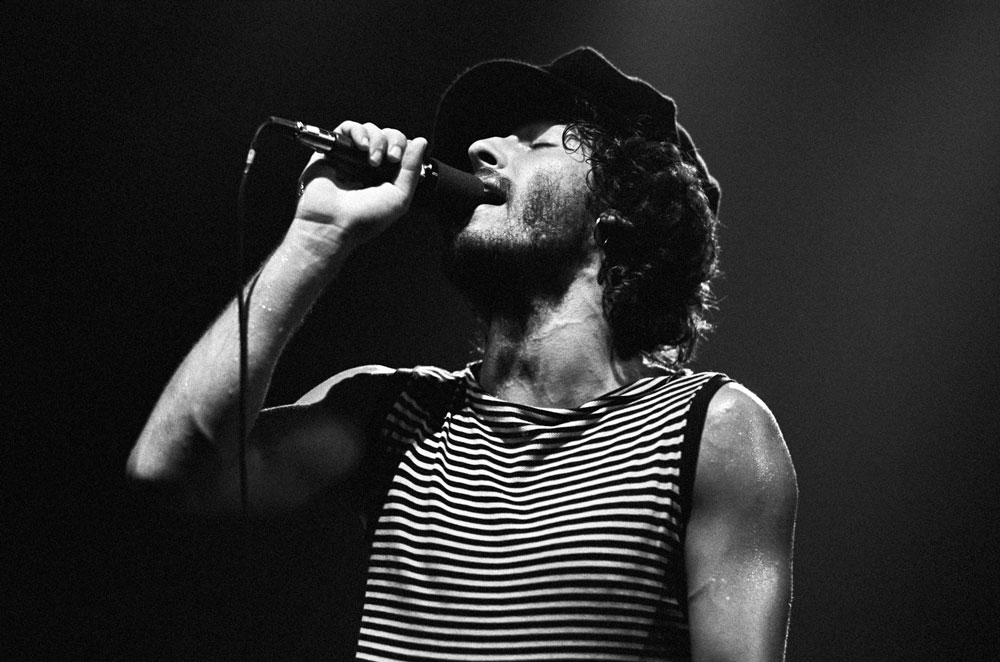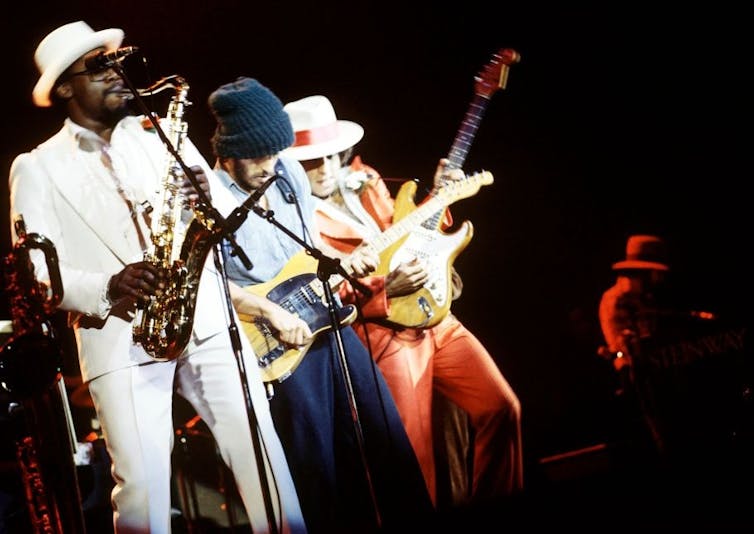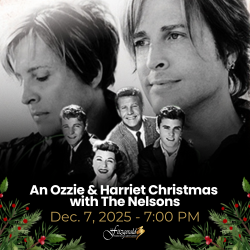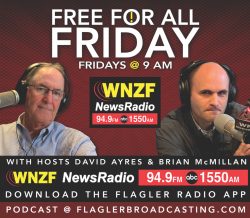
By Louis P. Masur
I was 18 when Bruce Springsteen’s third album, “Born to Run,” was released 50 years ago, and it couldn’t have come at a better time.
I’d just finished my freshman year in college, and I was lost. My high school girlfriend had broken up with me by letter. I had no idea what I wanted to do with my life. I was stuck back in my parents’ apartment in the Bronx.
So when I dropped the record onto my Panasonic turntable and Springsteen sang, “So you’re scared and you’re thinking/That maybe we ain’t that young anymore” on the opening track, “Thunder Road,” I felt as if he were speaking directly to me.
But no song moved me more than the album’s title track, “Born to Run.” How I longed for that sort of love – and how I also felt strangled by the “runaway American dream.” The song was about getting out, but also about searching for a companion. I, too, was a “scared and lonely rider” who craved arriving at a special place. Decades later, I combined the personal and the professional and wrote a book about the making and meaning of the album.
All eyes on the Boss
The album was shaped by the times, particularly the malaise of the post-Vietnam and post-Watergate American landscape. There was an energy crisis, and it wasn’t only oil that was in short supply.
The excitement of the 1960s had passed, and rock ’n’ roll itself was in the doldrums. Elvis had become a Las Vegas lounge act; the Beatles had broken up; Bob Dylan had been a recluse since his motorcycle accident in 1966. The No. 1 hit in 1975 was “Love Will Keep Us Together,” by the Captain and Tennille. Obituaries to rock music appeared regularly.
Springsteen went into the studio feeling the pressure to produce. His first two albums had received good reviews but sold poorly. After seeing a show in Cambridge, Massachusetts, in 1974, writer Jon Landau proclaimed Springsteen “the future of rock ’n’ roll.” Springsteen wore the label uneasily, though he had more than enough ambition to try and fulfill the prophecy: He later called “Born to Run,” “my shot at the title, a 24-year-old kid aiming at the greatest rock ’n’ roll record ever.”
But in the studio, he struggled. It took him six months to record the title song. He kept rewriting the lyrics and experimenting with different sounds. He was composing epics: “Tenth Avenue Freeze Out,” “Backstreets,” “Jungleland.” And he was trying to tie it all together thematically as his characters searched for love and connection and endured disappointment and heartbreak.
When Springsteen was finally done with the album, he hated it. He even threw a test pressing into a pool. But Landau, who had come on to co-produce, convinced him to release it.
Poetry for the masses
Despite Springsteen’s apprehension, the response to “Born to Run” was remarkable. Hundreds of thousands of copies flew off the shelves.
Springsteen appeared on the covers of Newsweek and Time, where he was hailed as “Rock’s New Sensation.” Writing in Rolling Stone, critic Greil Marcus called it “a magnificent album that pays off on every bet ever placed on him.”
There was backlash from some corners: critics who resented all the hype Springsteen had received and who thought the music bombastic. But most agreed with John Rockwell of The New York Times, who praised the album’s songs as “poetry that attains universality. … You owe it to yourself to buy this record.”
An operatic drama
The album pulsates between hope and despair. Side 1 carries listeners from the elation of “Thunder Road” to the heartbreak of “Backstreets,” and Side 2 repeats the trajectory, from the exhilaration of “Born to Run” to the anguish of “Jungleland.”
I felt I knew the characters in these songs – Mary and Wendy, Terry and Eddie – and I identified with the narrator’s struggles and dreams. They all wrestled with feeling stuck. They longed for something bigger and more exciting. But what was the price to pay for taking the leap – whether for love or the open road?
These lyrical, operatic songs about freedom and fate, triumph and tragedy, still resonate, even though today’s music is more likely to emphasize beats, samples and software than extended guitar and saxophone solos. Springsteen continues to tour, and fans young and old fill arenas and stadiums to hear him because rock ’n’ roll still has something to say, still makes you shout, still makes you feel alive.
“It’s embarrassing to want so much, and to expect so much from music,” Springsteen said in 2005, “except sometimes it happens – the Sun Sessions, Highway 61, Sgt. Peppers, the Band, Robert Johnson, Exile on Main Street, Born to Run – whoops, I meant to leave that one out.”
In fall 1975, I played “Born to Run” over and over in my dorm room. I’d stare at Eric Meola’s cover photograph of a smiling Springsteen in leather jacket and torn T-shirt, his guitar pointing out and upward as he gazes toward his companion.
Who wouldn’t want to join Springsteen and his legendary saxophonist, Clarence Clemons, on their journey?
That October, I went on a first date with a girl. We’ve been married 44 years, and the stirring declaration from “Born to Run” has proven true time and again: “love is wild, love is real.”

Andrew Putler/Redferns via Getty Images
![]()
Louis P. Masur is Distinguished Professor of American Studies and History at Rutgers University.






























FedUp says
Bruce Springsteen has forgotten about the fans who have got him where he’s at today. Otherwise, he’s just another liberal, pompous ass.
Pogo says
@Which is his best
…all of them.
BillC says
Never cared for Springsteen, he was not very original, good at stringing cliches together. Born to Run… ideas borrowed from the Beats of the ’60’s especially Jack Kerouac’s “On The Road” (1957). btw Kerouac wrote the final draft of “On The Road” in a cottage in Orlando. “The Boss”? Yeah, of banality.
BillC says
ps maybe Springsteen should have visited the Newark NJ riots of ’67, or toured the Bronx , or even Englewood NJ of the ’70’s, arguably the birthplace of HipHop with the recording of Rapper’s Delight by Sugar Hill Gang from Englewood (it was recorded in 1975 by Sugar Hill Records in the Bronx- hence Sugar Hill Gang). Springsteen recorded Born to Run in ’75.
Here’s Sugar Hill Gang performing Rapper’s Delight at The Soap Factory in Palisades Park, NJ
https://music.youtube.com/watch?v=mcCK99wHrk0
Callmeishmael says
@BillC – That was awesome. Thanks. I sent the video to my granddaughter. She still thinks Poppy’s cool.
BillC says
@callmeishmael hope your granddaughter thinks you’re even cooler now. for the record, Sugar Hill is actually the upscale section of Harlem, but a stone’s throw from the Bronx. The video was made in 1979. Palisades Park is just a few miles from Englewood NJ.
Just say'n says
Bruce looks like he’s dropping a duce when he sings and is convinced he’s the voice of the american,he couldn’t hold Bob Seger’s guitar pic.